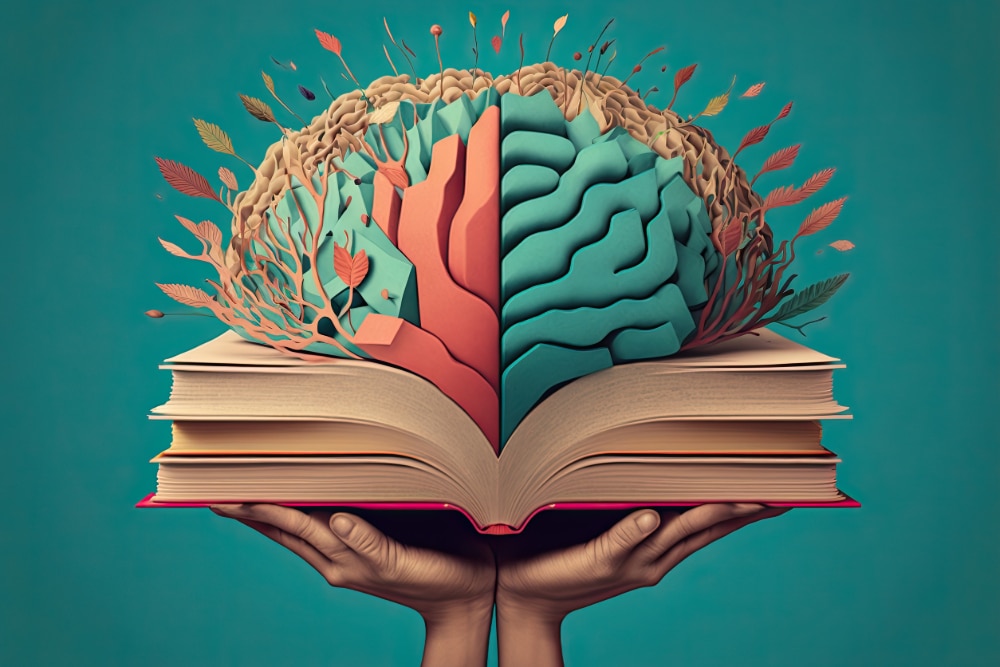Researchers Use Machine Learning to Map Heroin Addiction

Researchers from the University of Houston and the University of Cincinnati just published the results of their efforts to map addiction activity in the brain. The incredible study was able to track changes to the brain’s cellular structure, providing “new insights into how the brain responds to heroin use, withdrawal and relapse,” according to an article in University of Cincinnati’s UC News.
Leading the team from UC is Anna Kruyer, Ph.D., assistant professor in the Department of Pharmaceutical Sciences at the Winkle College of Pharmacy, a neuroscientist with a focus on drug addiction and relapse. For this study, Dr. Kruyer wanted to examine how astrocytes react to heroin and heroin withdrawal. Astrocytes are a type of glial cell that participates in synapse formation and regulation, including neurotransmitter regulation.
For this study, Dr. Kruyer fed images of astrocytes to UH Mathematics doctoral student, Michela Marini, lead author of the study published this month in Science Advances. Marini then fed the images into an AI. In a progressive machine learning series, the AI first learns to identify astrocytes accurately. Next, it learns to measure them accurately. Finally, it is able to predict how astrocytes will change in response to external stimuli.
The goal of the research, according to Marini, is to “find treatments that prevent opioid users from relapsing.” Dr. Kruyer told UC News, “The idea would be if you [could] interfere with relapse.” She explains what astrocytes have to do with relapse:
Astrocytes are a kind of protective cell that can restore synaptic homeostasis. They are super dynamic relative to the synapse, and they’re moving toward and away from the synapse in real time in a way that can impact drug seeking. So if you prevent this reassociation with synapses during relapse, you can increase and prolong [time without] relapse.
In conducting research with rats, Dr. Kruyer has found that “astrocytes appear to shrink and become less malleable after exposure to heroin.” The goal now is to train new machine learning models using human tissue samples. Dr. Kruyer is also studying how to strengthen astrocytes to prevent addiction and how to restore astrocyte flexibility in substance use disorder recovery.
Dr. Demetrio Labate, a professor of mathematics at UH overseeing Marini’s work along with two other Ph.D. candidates who participated in the study, sees a larger role for their machine learning model in studying the impacts many different drugs can have on synaptic activity in the human brain. As Marini told UH News, “[W]e’re opening new doors not just for addiction research, but for understanding the brain’s response to a wide range of drugs and neurological conditions.”
Written by Steve O’Keefe. First published May 7, 2025.
Sources:
“Supervised and unsupervised learning reveal heroin-induced impairments in astrocyte structural plasticity,” Science Advances, April 30, 2025.
“UH/UC Researchers Use Machine Learning to Map Brain Changes from Heroin Addiction,” UH News, April 30, 2025.
“Machine learning brings new insights to cell’s role in addiction, relapse,” UC News, April 30, 2025.
Image Copyright: gelpi.




